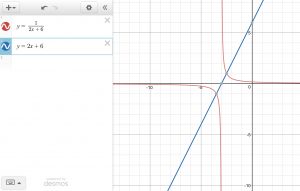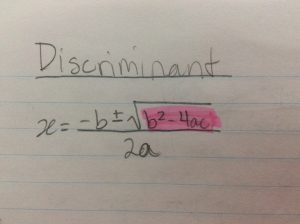In English we read a play called “Death of a Salesman” written by Arthur Miller in 1949. “Death of a Salesman” takes place in a post world war society and is about a man name Willy Loman, who is a Salesman, and his daily struggles. These struggles include work, family, dreams, and money. Throughout the play you get to see into Willy’s past and understand him, but also learn some unsettling information about the Salesman. “Death of a Salesman” can be considered a tragedy genre because Willy had worked his entire life for the American Dream. The Dream where the man goes to work and comes home to a doting wife and two kids. Willy had worked so hard to achieve this that he exaggerates about his success, had an affair with another woman, and raised two sons who didn’t know how to properly function in society. All of these factored to his eventual downfall. The blackout poetry project reflects the themes and keywords from “Death of a Salesman.” The poem focuses on the relationship of a father and his family, told through the eyes of one of his kids. Biff’s and Willy’s relationship was very strained because Willy always had high expectations for Biff and expected him to follow in his footsteps, but Willy never let Biff decide what he wanted to do. Willy seemed to be absent from his home and as years dragged on his job affected his mental health, which brought him to his downfall. The poem also contains an illustration of Biff at Willy’s grave while Willy is behind Biff trying to support and connect with him (the swirls connect to his head). On the far right above the grave is Linda. Willy will live on through his wife because she was unquestionably loyal to him and will be in her heart forever (swirls are within her). Willy Loman was not a conventional hero of tragedy, but Miller had made readers empathize for Willy and his situation, so when he arrived at his downfall we would feel his pain and understand.
Blackout Poem
Even without Dad.
Eerily quiet.
Intuited what was to come.
Mom rarely expected Dad.
Dad would wonder in late mindless, asleep, and harmless.
Tiptoe off to bed.
Dad his nightmares.
Mom’s undying love.
Dad under a blanket.















